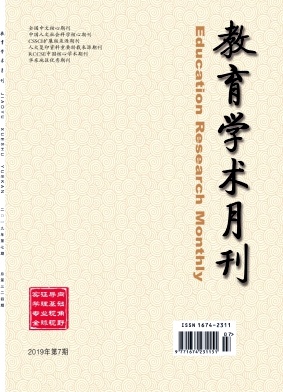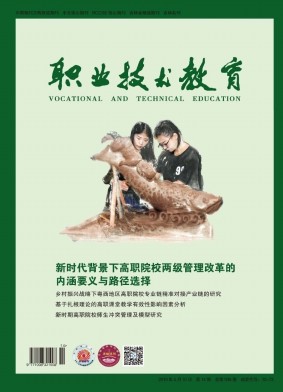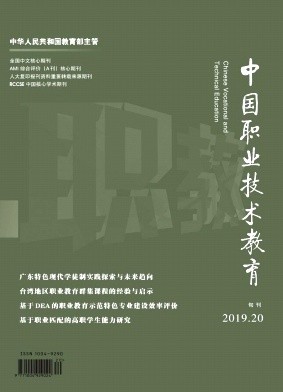摘要 目的探讨逆行肌肉松解法治疗Tsuge分型为轻、中型前臂缺血性肌挛缩的临床效果。方法 2010年3月—2018年9月,采用逆行肌肉松解法治疗11例轻、中型前臂缺血性肌挛缩患者。男6例,女5例;年龄16~29岁,平均24岁。按照Tsuge分型,轻型6例、中型5例。受伤至手术时间9个月~25年,中位时间为17年。首先松解前臂中段1/3处深层肌肉内的瘢痕条索;未达充分松解标准者,进一步松解近端1/3肌肉内瘢痕及屈肌起点处紧张的腱性结构;若仍未达松解标准则行屈肌起点滑移术。术后从手、腕关节活动度,灵活性,握力,感觉,主观功能评分[上肢功能障碍评估表(Quick-DASH)及患者腕和手评估表(PRWHE)]和患者满意度6个方面评估手术效果。结果术后切口均Ⅰ期愈合。8例患者获随访,随访时间1~106个月,中位时间为13个月。术后所有患者手、腕关节活动度均明显改善,获优3例、良3例、中2例,优良率75%。患者灵活性评价均获满分12分,接近正常手的灵活性。末次随访时患侧握力为健侧的37.6%~95.5%,平均77.6%。7例患者手术前后感觉正常,末次随访时正中神经和尺神经单独支配区两点辨别觉均为4~5 mm;1例前臂机器挤压伤患者术后手指感觉仍麻木,正中神经及尺神经单独支配区两点辨别觉分别为8 mm和7 mm。主观功能评分Quick-DASH评分为0~15.9分,平均4.5分;PRWHE评分为0~23.0分,平均6.6分。所有患者均表示对治疗过程及效果满意。结论采用针对性的逆行肌肉松解法治疗轻、中型前臂缺血性肌挛缩可获得满意的临床效果。 Objective To investigate the effectiveness of retrograde muscle release in treatment of mild to moderate type ischemic muscle contracture of forearm classified by Tsuge. Methods Between March 2010 and September 2018, 11 patients with mild to moderate ischemic muscle contracture of forearm were treated with retrograde muscle release. There were 6 males and 5 females with an average age of 24 years(range, 16-29 years). According to Tsuge classification, 6 cases were mild type and 5 cases were moderate type. The interval between injury and operation was 9 months to 25 years, with a median of 17 years. The scar cords in the muscle of the middle one-third of the forearm was released firstly. If the standard of sufficient release was not reached, further releasing the scar cords in the muscle and the tense tendon structure in the proximal one-third of the forearm and the origins of the flexor muscles was necessary. If the standard was still not reached, the origins of the flexor muscles can be released and slid. The effectiveness was evaluated from six aspects of the range of motion of the hand and wrist, dexterity, grip strength, sensation, subjective function scores[quick-disability of the arm, shoulder, and hand questionnaire(Quick-DASH) and the patient-related wrist/hand evaluation(PRWHE)] and satisfaction. Results All the incisions healed by first intention. Eight patients were followed up 1-106 months(median, 13 months). The range of motion of the hand and wrist was significantly improved,the results were excellent in 3 cases, good in 3 cases, and fair in 2 cases, with an excellent and good rate of 75%. The patient’s dexterity evaluation scored a perfect score of 12, which was close to the normal hand dexterity. At last followup, the grip strength on the affected side was 37.6%-95.5% of the contralateral side, with an average of 77.6%. Seven patients had normal sensation before and after operation, and the two-point discrimination of median nerve and ulnar nerve was 4-5 mm at last follow-up;1 patient with forea
出处 《中国修复重建外科杂志》 CAS CSCD 北大核心 2021年第4期483-487,共5页 Chinese Journal of Reparative and Reconstructive Surgery
关键词 前臂 缺血性肌挛缩 肌肉松解 功能重建 Forearm ischemic muscle contracture muscle release functional reconstruction
分类号 R68 [医药卫生—骨科学]




